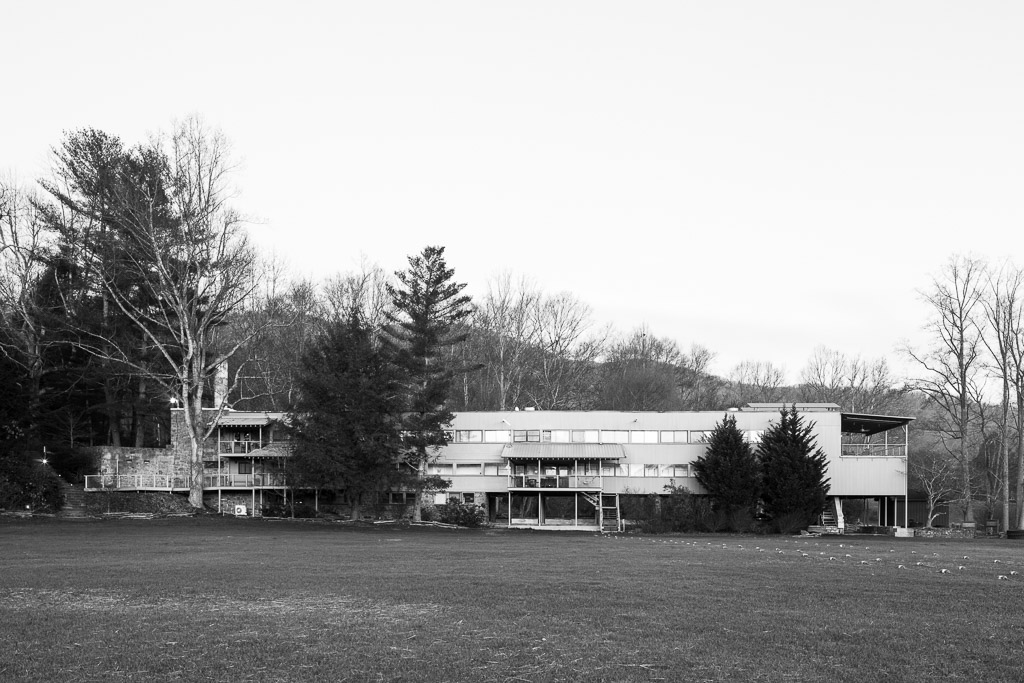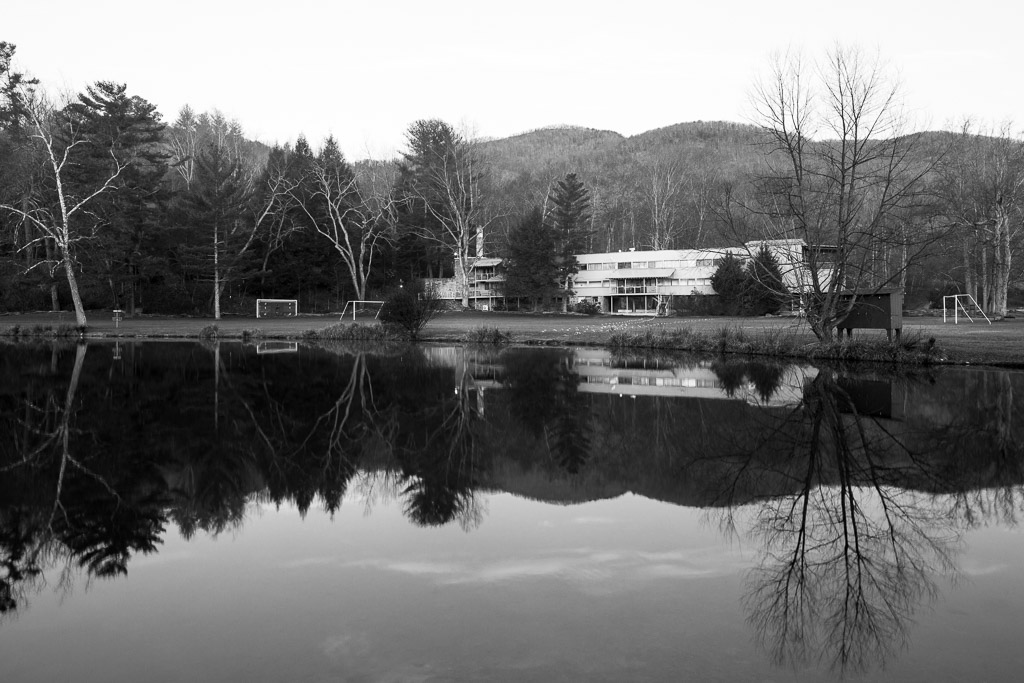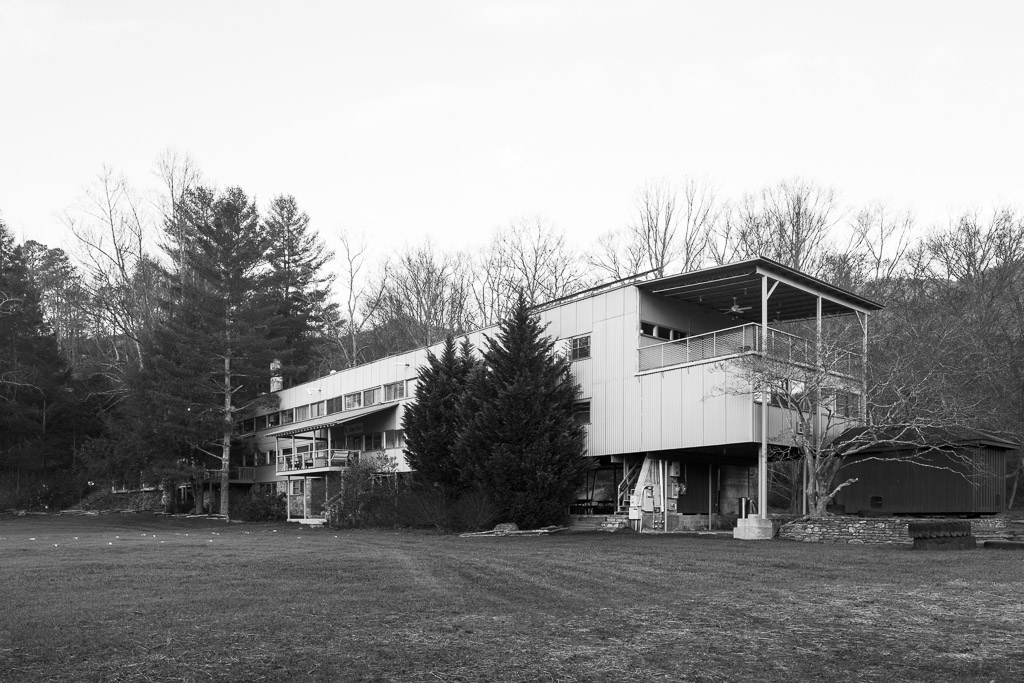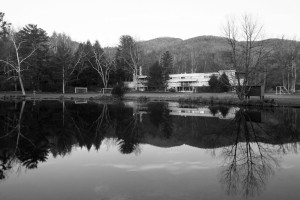Black Mountain College
December 26, 2015

Studies building at Black Mountain College in North Carolina by A. Lawrence Kocher. Photo by Jason Woods.
Once I found out that I was making a trip down to Charlotte, NC, I immediately began planning a route in which I could make a few visits to some interesting architecture…hence last week’s post on Columbus. I knew that Buckminster Fuller had done some groundbreaking work in Asheville, so I did a little digging and discovered the magical experiment in the mountains known as Black Mountain College.
Black Mountain College was started in 1933 by a John A. Rice who had been fed up with the traditional educational model. The school existed until 1956, and although it was never officially accredited, a great number of hugely influential artists, writers and poets attended the school. Even more impressive than the list of students is the caliber of faculty that migrated to Black Mountain to build this productive haven for creatives. Instructors include Walter Gropius, Buckminster Fuller, Harry Callahan, Joseph Albers, Aaron Siskind, William de Kooning, and more.
The school is tucked away into the sleepy North Carolina hills about 15 miles east of Asheville and the campus is used today as a summer camp for boys. The intended campus plan was developed by Walter Gropius and his long-time partner Marcel Breuer, but because the school was underfunded, it was never built. Instead, an alternative and strikingly similar structure was built by A. Lawrence Kocher which still stands today.
Although Black Mountain College never had an architecture program, the presence of Gropius, Albers and Fuller helped establish a community of progressive designers across many other fields. Many of the notable faculty that came to BMC were associated with, or attended the Bauhaus and hugely influenced the overall philosophy of the experimental institution.
In the summer of 1949, Buckminster Fuller’s very first self-supporting geodesic dome was erected at Black Mountain. A number of students would help with the construction of the dome, as with many projects around campus. Although he did not invent the concept of the dome, Fuller was the first to present the mathematical formulas, and would later receive the patent on the concept that would jump start a revolution in construction around the world.
There are countless unknown stories and “happenings” relating to Black Mountain College and its relatively brief history, along with notable alumni and faculty, but I think the greatest legacy is the curiosity that the school created in its wake. Had it been properly funded, I believe the school would have flourished as a creative vessel for young people to experiment, coexist, cross-pollinate and in some small way, make the world a better place.

Studies building at Black Mountain College in North Carolina by A. Lawrence Kocher. Photo by Jason Woods.

Studies building at Black Mountain College in North Carolina by A. Lawrence Kocher. Photo by Jason Woods.

Studies building at Black Mountain College in North Carolina by A. Lawrence Kocher. Photo by Jason Woods.


